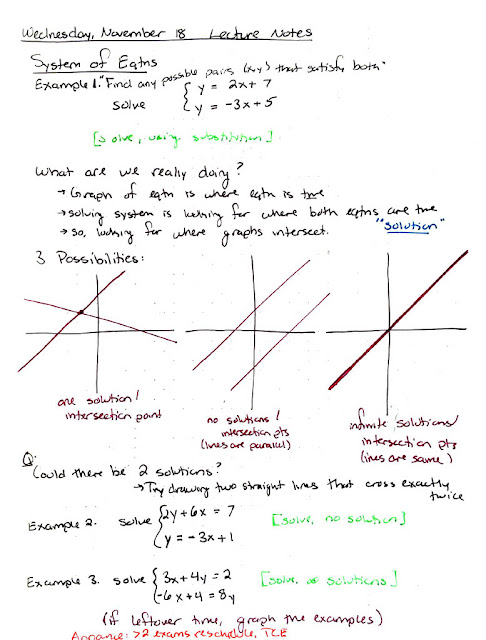Flipped Classes Part 4: How to Flip a Lesson

In part 1 of this series, we talked about what a flipped class is. In part 2 I gave you a list of things you should consider when planning your flip. In part 3 we talked about getting student buy-in. Now, it's finally time to see it in action. How do I actually turn my lecture notes into a flipped lesson? Here are a few general considerations to get you started before we jump into the example: Work from concrete to abstract. Give students very concrete examples and exercises to work with in the pre-class. That will put them in a strong position to move to a more abstract understanding when you meet together as a class. Students can read definitions and formulas. They may not yet understand the concepts totally, but they certainly are capable of writing them down without you putting them on the board. This is an excellent task for the pre-class activities. Avoid "tricky" problems in the pre-class activities. While students are not expected to fully absorb the topics...
